The beautifully complex molecules plants produce are as inspiring as the blooms themselves
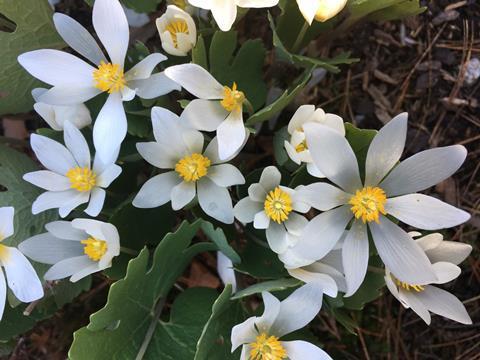
Like many another scientist, one of my side interests is gardening. I always pull Sir Lawrence Bragg (of x-ray diffraction fame) into that statement, because he was enough of a gardening enthusiast that he found an ingenious way to carry on with it when he moved to London in 1954. He was heading up the UK’s Royal Institution and had a fine apartment there to live in, but certainly had no room for any gardening. So he hired himself out anonymously to a lady in another expensive neighborhood who did have garden space, telling her that his name was ‘Willie’ and tending to her plants one afternoon a week. This worked well for several months, but the story (related in Francis Crick’s memoir What Mad Pursuit) was that eventually a guest in the house looked out the window and asked the hostess what on earth Sir Lawrence Bragg was doing out in her flower beds.
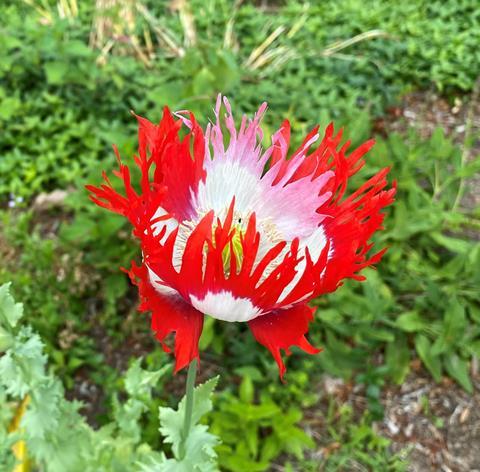
In suburban Massachusetts, my wife and I do have room to garden, and when I’m out there among the flowers I can’t help but connect things with my regular job of organic chemistry. What never fails to impress me are the compounds lurking inside what look like perfectly benign plants, because nature can never be taken for granted.

For example, out underneath the trees I can find mayapples in the spring and summer, whose roots can be up to 1% by weight podophyllotoxin. By natural product standards, that’s a huge amount, and it’s believed that the plant puts in so much metabolic work to make its roots extremely unpalatable. Podophyllotoxin has strong anti-tubulin activity that disrupts cell division, and I think that we can infer that it tastes awful as well. Don’t investigate that hypothesis, though: it’s used medically as a topical remedy for warts, but taking it internally is very much not recommended.
Not far from the mayapples are some bloodroots, whose dark reddish rhizomes made easy work of naming them. That color is due to sanguinarine, a charged polyaromatic alkaloid that’s a powerful inhibitor of the sodium-potassium ATPase pump, one of the most common proteins in any living cell. Blocking it is just as much of a mistake as it sounds – bloodroot juice kills skin cells and can leave deep, disfiguring scars. It’s unfortunately part of some old folk remedies for skin problems, but that makes about as much sense to me as using a cheese grater. I don’t even want to imagine what would happen if you ate some of the stuff.

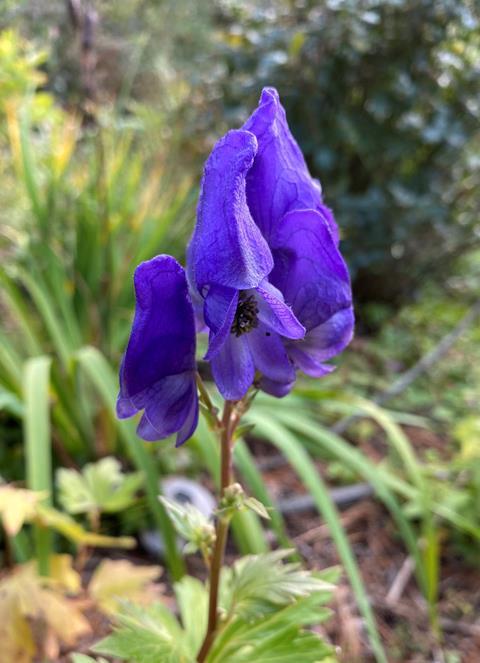
The colorful poppies and morning glories are not as much of a surprise, since most people have heard of opium, morphine and lysergic acid amides (even if they don’t realise their botanical origins). It’s worth remembering, though, that when German pharmacist Friedrich Sertürner first isolated morphine in 1805, he tested the pure crystals on himself and three teenage volunteers and nearly killed everyone involved. It was more potent than Sertürner had ever imagined, but that activity pales next to the famous story of Albert Hoffman getting inadvertently exposed to micrograms of his newly synthesised LSD. No one could believe that such small amounts of an alkaloid could have such huge effects on cognition, but proof was of course not long in coming.
Around the corner in the front yard is a less famous flower, the dark purple monkshood that blooms late in the autumn. This striking plant is well supplied with the strikingly poisonous aconitine, a very complex polycyclic alkaloid that has still never been synthesised in the lab. It binds to sodium channels in the nervous system, which makes it extravagantly toxic: 2mg can be a fatal dose, and I have been told that even handling the plant roughly can cause a person’s fingertips to go numb. As you might imagine, I have not put this to the test personally.
Realising how powerful these hidden natural products are makes a person think, but it’s equally worth realising that they are synthesising these things all day long, sitting there at ambient temperature and never missing a step. These plants have admittedly had a head start, but they are by now far more capable at their jobs of chemistry than I could ever be. There is ceaseless chemical warfare going on out there among the flowers, and the best we chemists can do is to learn their secrets and to stay out of their way!

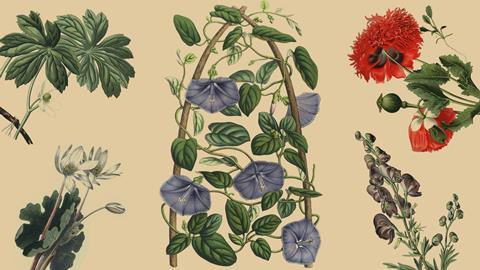




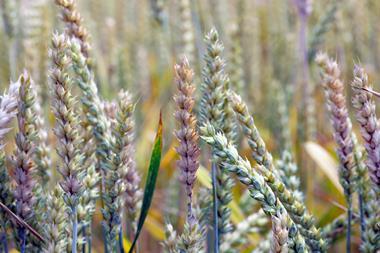
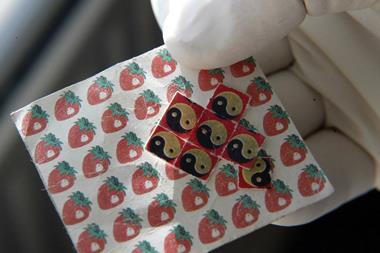
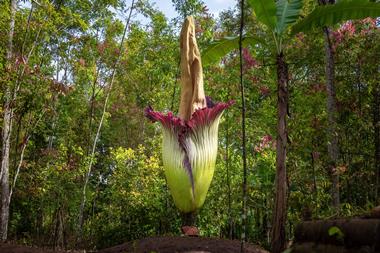









No comments yet